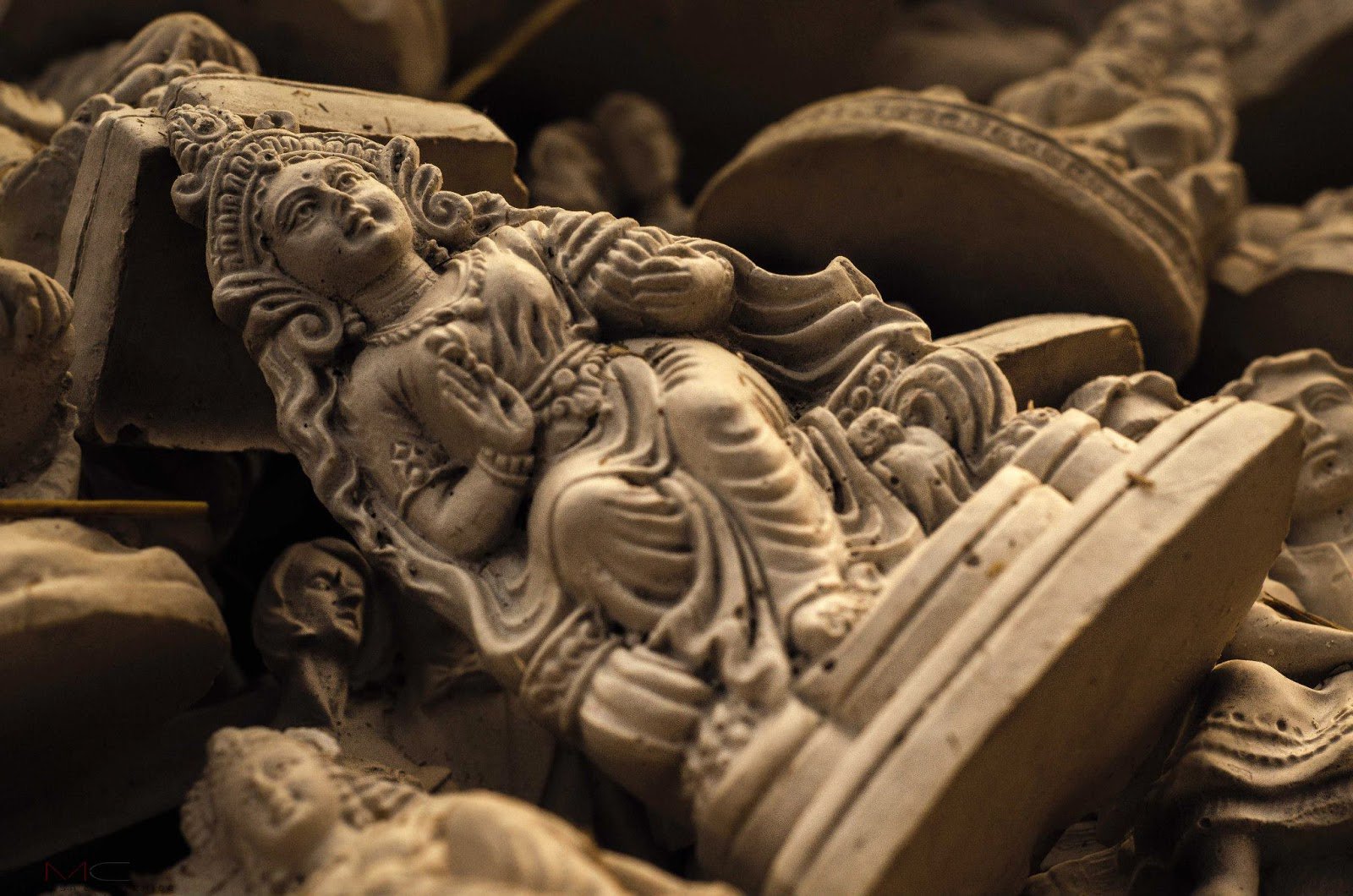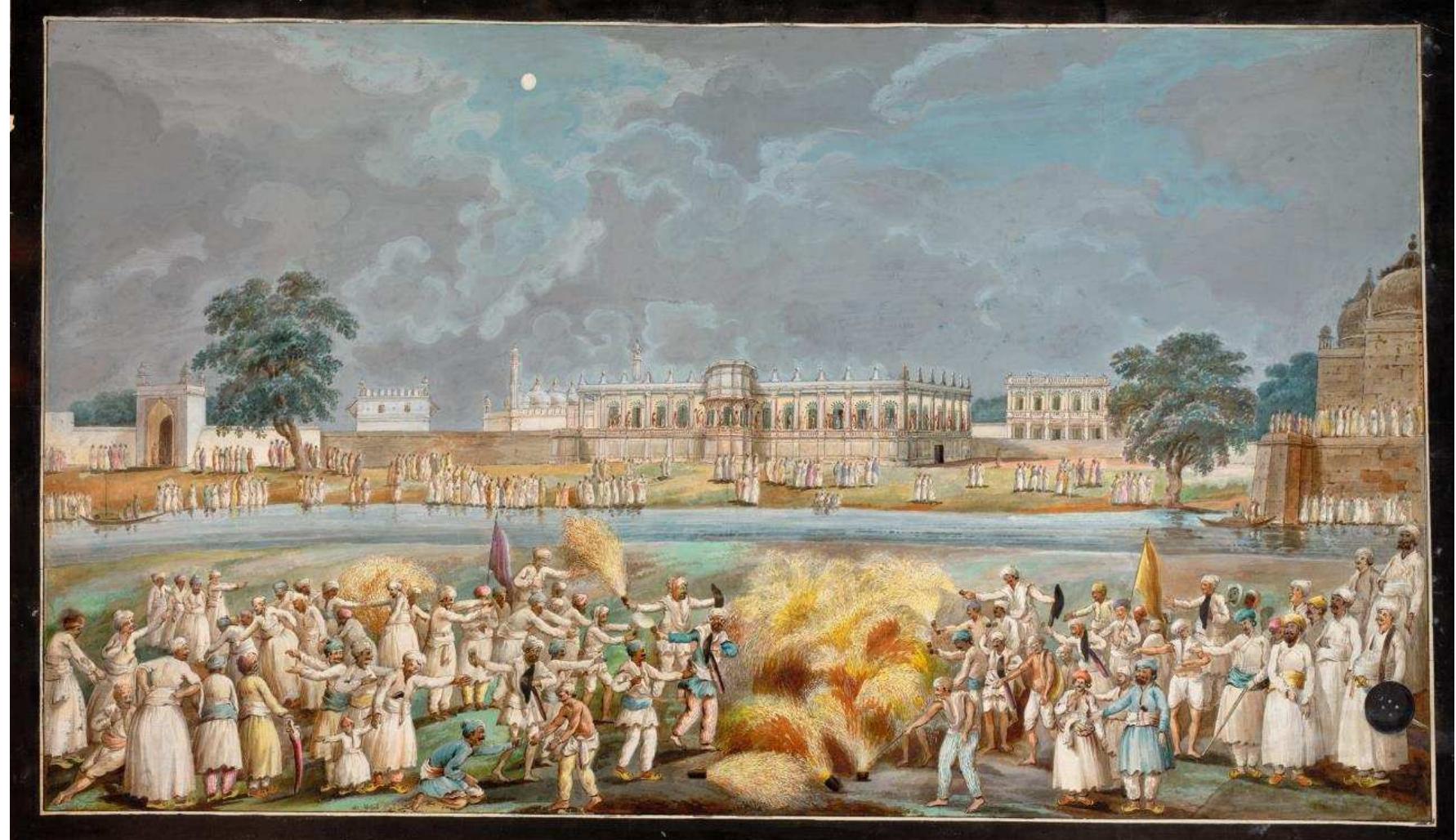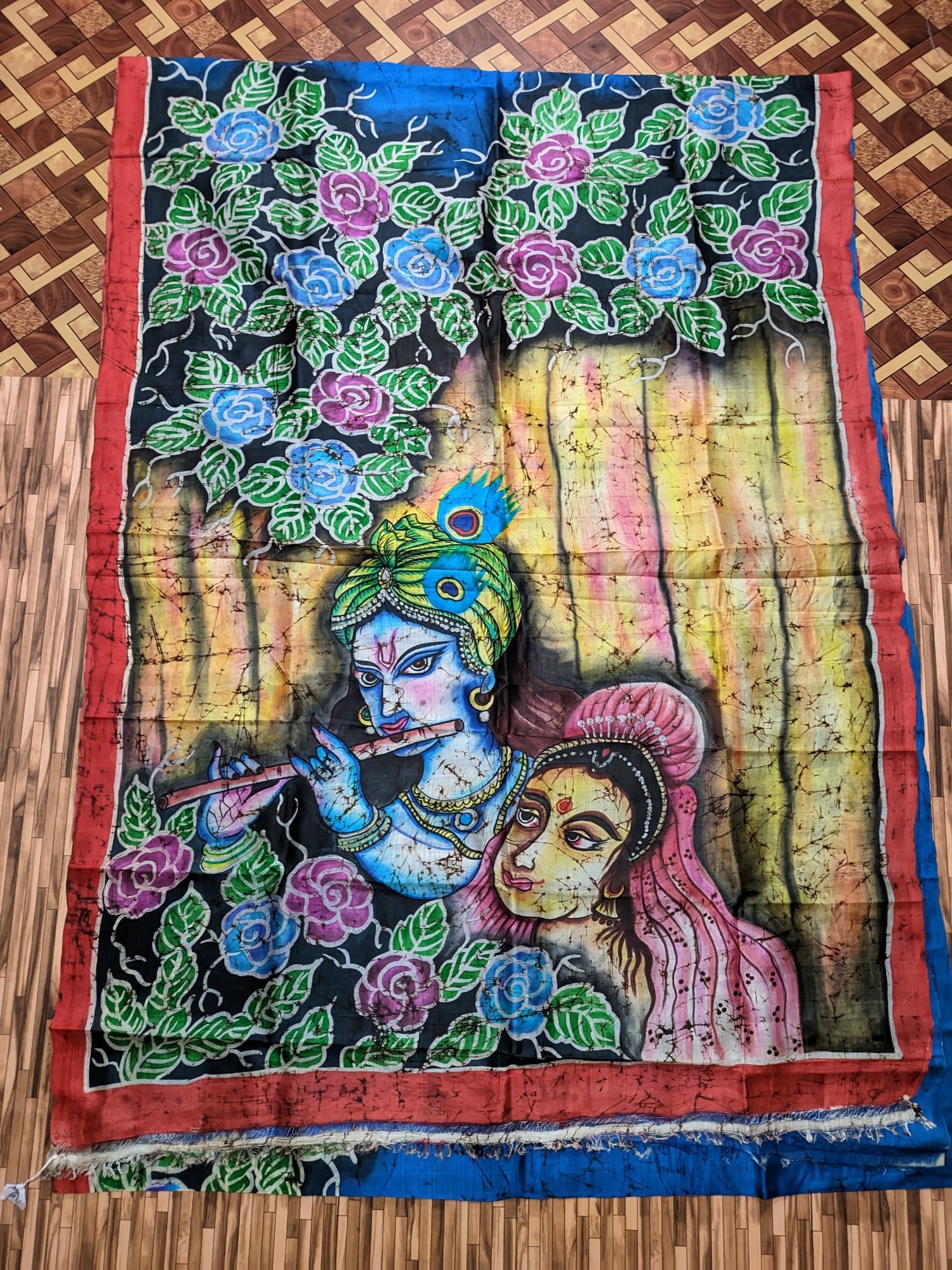
Menu

The clay dolls of Krishnanagar, especially those crafted in the artisan quarter of Ghurni, have earned acclaim far beyond the borders of Bengal. Known for their lifelike detail, expressive features, and cultural richness, these figurines have transcended their humble origins to become coveted art pieces in international museums and private collections.
What sets Krishnanagar dolls apart is their extraordinary realism. Unlike mass-produced or stylized figurines, these clay models capture everyday life in Bengal with astonishing accuracy. Artisans depict farmers tilling the soil, women drawing water, mythological characters in mid-action, and even colonial officials dressed in 19th-century European attire. Each figure is handcrafted with precision—complete with facial expressions, intricate clothing, and lifelike postures. These qualities have drawn the attention of global curators and collectors seeking authentic representations of Indian folk life and craftsmanship.
Notably, several prominent museums house Krishnanagar dolls in their collections. The Cleveland Museum of Art, the Museum of Fine Arts, Boston, and the Victoria and Albert Museum in London each feature clay models from Ghurni, showcasing them as examples of South Asian vernacular art. These institutions recognize the dolls not just as crafts, but as valuable ethnographic and artistic artifacts that reflect regional identity, colonial history, and traditional technique.
The journey of these dolls into global art spaces began during the British colonial period. European officers, impressed by the craftsmanship, began commissioning clay figures of themselves, their families, and even scenes from their travels. These commissioned pieces found their way back to Europe, where they became conversation pieces in salons and drawing rooms. In time, they were passed down or donated to museums, which now preserve them as cultural treasures.
The global recognition of Krishnanagar dolls has also opened new doors for artisans back home. International exhibitions, awards, and tourism have helped revitalize interest in this traditional art form, though challenges remain in terms of sustainability and financial support.
In a world where handmade art is increasingly rare, the global appreciation for Krishnanagar dolls serves as a powerful reminder of the universal value of local traditions.
Image suggestion: Search for “Krishnanagar clay dolls in museum” or “Ghurni clay models Victoria and Albert Museum” on Google Images to view international exhibits of these remarkable works.



